Bersntol – the Valle del Fersina
Because of the beautiful natural setting in the Lagorai, the Valle dei Mocheni (Bersntol- Valle del Fersina) is also called the enchanted valley. Although it is only a few kilometres from the capital of Trentino, it feels like a world apart. Its inhabitants are descendants of a German minority that moved to the valley during the Middle Ages and proudly maintain its traditions, customs and language.
Anyone arriving in the valley immediately notices the road signs written in two languages, Italian and Mocha. Mòcheno is an idiom born from the influence of Upper Bavarian German, Italian and the Trentino dialect. This language has been preserved over time and, in order to avoid its disappearance, a school of Mocheno has been established in the valley, in addition to the Mocheno cultural institute in the municipality of Palù.
The territory is very suggestive, surrounded by uncontaminated nature, with green meadows and luxuriant woods surrounded by the peaks of the Lagorai. It is the ideal setting for excursions, on foot or by bike, suitable for the most varied needs: from those of high mountain lovers to those of families with children.
But above all, the Valle dei Mocheni can be lived in every season. We at the Santorsola Relax Hotel will help you discover our territory and its traditions. Woods, paths, spectacular landscapes, impervious peaks and much more are waiting for you in Sant’Orsola, to give you a dream holiday.

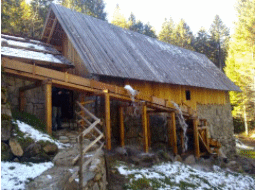
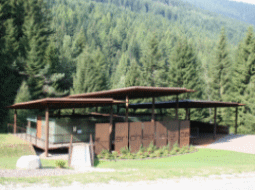
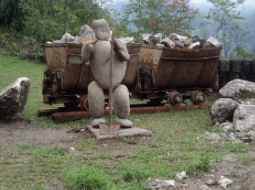
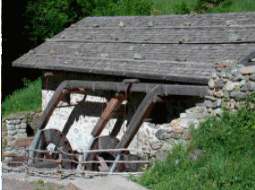
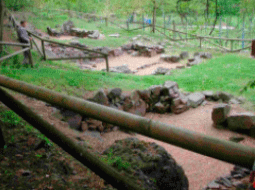
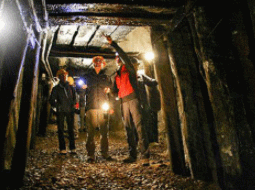
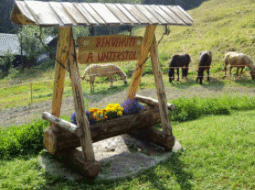





Restiamo in contatto